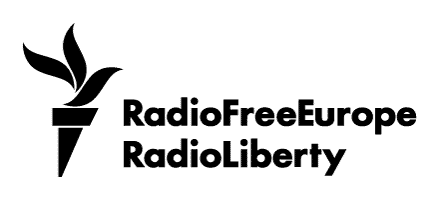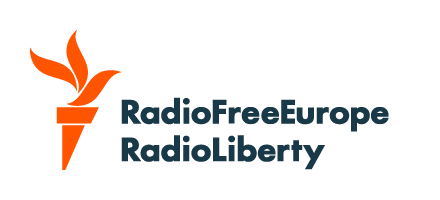Russia and Ukraine traded air attacks on energy infrastructure as the two countries continue to battle amid a stalled peace process to end Europe's largest and deadliest conflict since World War II.
Around midday on October 3 in Russia's Orsk region, located approximately 1,400 kilometers (840 miles) from the front lines in war-torn Ukraine, regional Governor Yevgeniy Solntsev said "enemy drones" attacked a local industrial facility.
"Technological processes at the enterprise have not been disrupted. Emergency services are working at the site," he added, earlier saying that the local airport had suspended its operations.
Solntsev's comments came after a number of videos posted on social media, verified by RFE/RL, appeared to show huge pillars of smoke rising from the local major oil refinery, Orsknefteorgsintez.
Later in the day, Ukraine's Security Service (SBU) confirmed that its drones carried out the attack.
In recent months, Kyiv has intensified its attacks on Russia's energy infrastructure, which appear to be causing fuel shortages and price increases inside Russia.
In September alone, Ukraine said it targeted several Russian refining operations in the bordering Bryansk region, as well as in the Samara and Bashkortostan regions, located deep inside Russian territory.
The drone attack on Orsk came amid reports that the US will provide Ukraine with intelligence on long-range energy infrastructure targets in Russia.
According to the Wall Street Journal, the newly supplied data would make it easier for Ukraine to target Russia's infrastructure and is aimed at depriving Moscow of revenue for its war efforts.
At the end of September, US President Donald Trump told the United Nations General Assembly that he believed Russia's economy was stalling because of the war.
The Kremlin later denied the claim, while acknowledging that "Russia is experiencing certain tensions and problem areas in various sectors of the economy."
Meanwhile, Russian missile and drone strikes on October 3 continued to pound regions across Ukraine, damaging civilian and energy infrastructure, local officials said.
Ukraine's air defense forces said the overnight Russian attack included 381 drones and 35 missiles, adding that the main targets of the strikes were energy facilities in the Kharkiv and Poltava regions.
Ukraine’s major gas network, Naftogaz, said the attack was the "largest" on gas production infrastructure since the start of Russia’s full-scale invasion.
Naftogaz CEO Serhiy Koretsky called the attacks targeted terror against civilian facilities that provide gas production.
"No military sense. Another manifestation of Russian meanness, aimed solely at disrupting the heating season and depriving us of the opportunity to heat Ukrainian homes in winter,” Koretsky said. “As a result of this attack, a significant part of our facilities has been damaged. Some of the damage is critical."
Late on October 3, the governor of the Donetsk region said part of the region was without electricity due to Russian shelling. Governor Vadym Filashkin said all of Druzhkivka and Kostyantynivka as well as some areas of Kramatorsk were left without electricity.
"The Russians continue to target critical infrastructure. Today, their target is energy," Filashkin said on Telegram.
Specialists will restore power supply as soon as possible, he added.









